Réglage de la divergence des expanseurs de faisceau - mécanisme rotatif vs. coulissant
Les expanseurs de faisceau laser augmentent le diamètre d'un faisceau d'entrée collimaté pour obtenir un faisceau de sortie collimaté plus large et sont des composants essentiels d'une large gamme de systèmes laser. Les expanseurs de faisceau sont généralement dotés d'un réglage mécanique de la divergence afin de s'adapter aux différentes divergences d'entrée ou longueurs d'onde. Les expanseurs de faisceau variables permettent un réglage mécanique suffisant pour modifier leur grossissement ou leur puissance d'expansion. Il existe deux types principaux de réglage de la divergence de l'expanseur de faisceau : le réglage rotatif et le réglage coulissant.
Comme leur nom l'indique, les réglages de la divergence rotatifs, tels que les tubes de focalisation filetés, font tourner les éléments optiques de l'expanseur de faisceau pendant la translation. Bien qu'ils soient généralement moins coûteux que le réglage de la divergence par un mécanisme coulissant en raison de leur mécanique simplifiée, ils peuvent souffrir d'une déplacement du faisceau, également connue sous le nom d'erreur de pointage (Figure 1).

Figure 1 : Représentation exagérée du déplacement du faisceau qui peut se produire en raison d'un réglage de la divergence rotatif
Les mécanismes de réglage de la divergence coulissants, comme les barillets hélicoïdaux, réalisent la translation des composants optiques internes sans mouvement de rotation, minimisant ainsi le risque de déplacement de faisceau. Les mécanismes nécessaires au réglage de la divergence par coulissement sont toutefois plus complexes que ceux du réglage de la divergence par rotation, ce qui augmente généralement le coût du système. C'est pourquoi le réglage de la divergence coulissant est généralement plus performant que le réglage de la divergence par roation pour une prime de coût.
Un réglage de la divergence de l'expanseur de faisceau coulissant mal conçu peut avoir trop de jeu dans leurs mouvement, introduisant une erreur de pointage qui ne pivote pas pendant le réglage. Cette erreur de pointage peut même être plus importante que celle du réglage de la divergence par rotation. Les expanseurs de faisceau laser à réglage de la divergence coulissant ont également tendance à être plus lourds que les extenseurs à réglage de divergence rotatif et ont un diamètre extérieur plus important en raison de leur mécanique plus complexe, ce qui rend le réglage de divergence rotatif plus avantageux pour les systèmes sensibles à la taille et au poids.
| Théorie de l’expanseur de faisceau | Guide de sélection des expanseurs de faisceau | Comment concevoir votre propre expanseur de faisceau en utilisant des optiques de stock |
| EN SAVOIR PLUS | EN SAVOIR PLUS | EN SAVOIR PLUS |













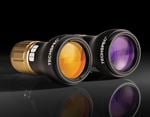

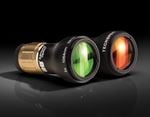
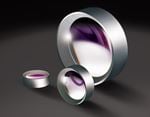
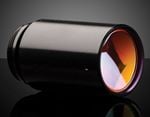
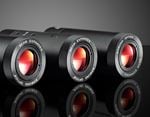
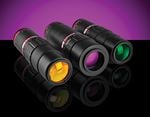
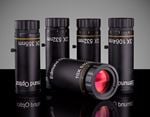
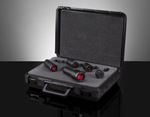
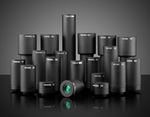
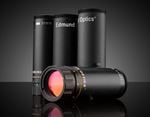
ou consulter les numéros d’autres pays
facile à utiliser
entrer les numéros de stock pour commencer
Copyright 2023 | Edmund Optics, Ltd Unit 1, Opus Avenue, Nether Poppleton, York, YO26 6BL, UK
L'entreprise Edmund Optics GmbH en Allemagne agit comme un mandataire d'Edmund Optics Ltd au Royaume-Uni. Le titulaire du contrat est Edmund Optics Ltd au Royaume-Uni.